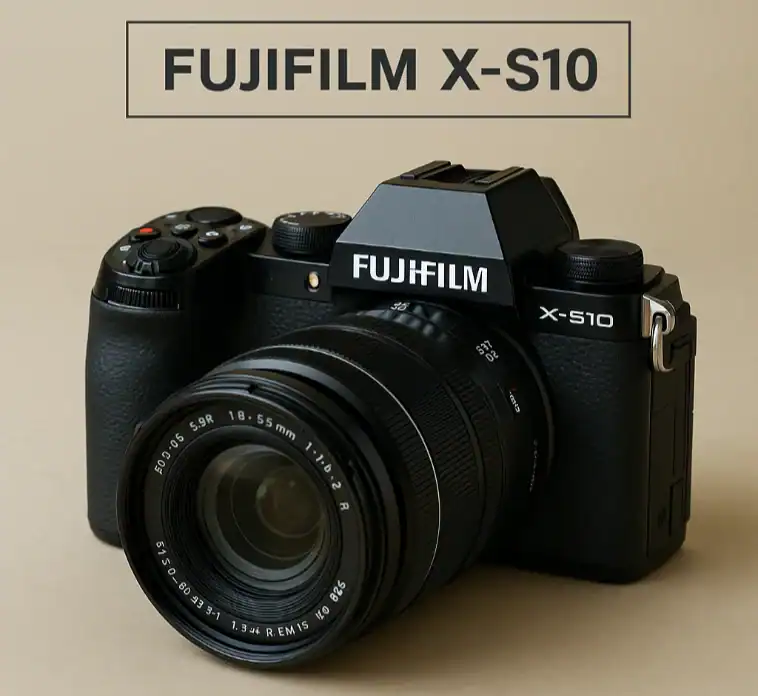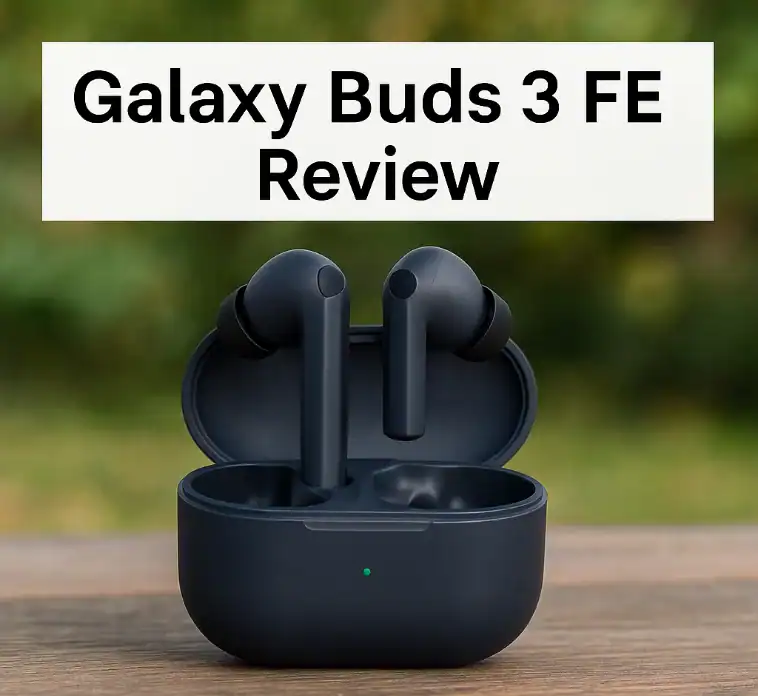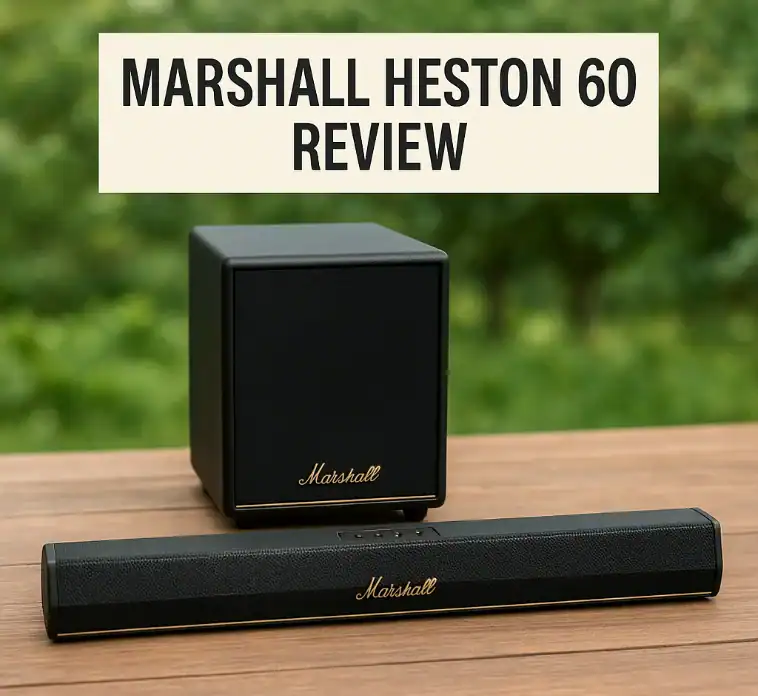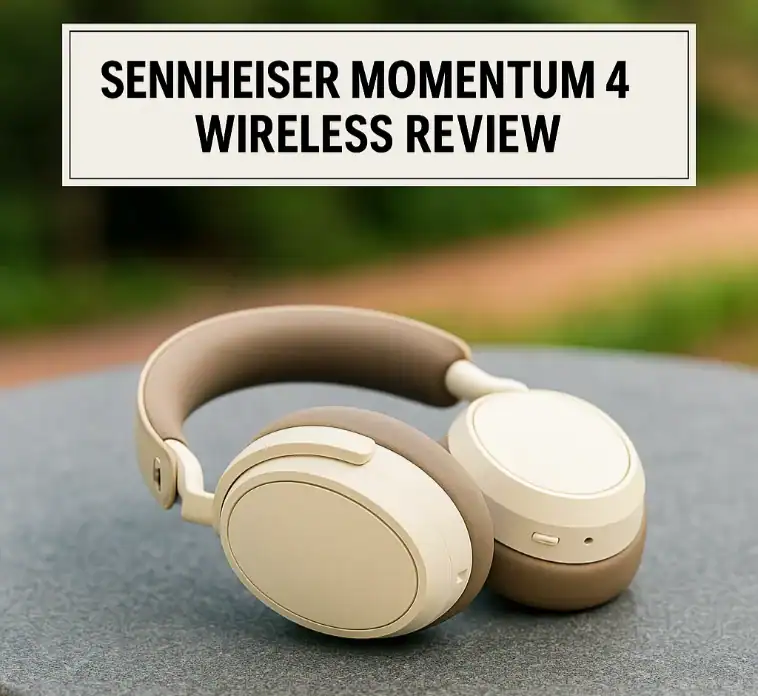Fujifilm X-S10 is the most versatile camera in the market today. Which one to buy? In this extensive review, we look at why photographers around the world are so intrigued by the Fujifilm X-S10. This camera is priced affordably for those just starting, and even inexpensive compared to professional options.
What is so Special About the Fujifilm X-S10?
Given a Fujifilm X-S10 price tag of $999, this places it nicely in the midrange arena. It can exist in the middle of entry-level and professional photographic equipment. Providing advanced features but in an easy-to-use manner, the X-S10 delivers exceptional value.
The X-S10 has been tagged by Fujifilm as a configuration that sits between its popular-for-video and budget-still hybrid camera, the X-T30, and its high-end photo-centric model, the X-H1. You also get the same excellent sensor technology from the X-T30, while it incorporates the design and stabilization features of the X-H1. By combining these two elements together, you get a new level of photographic enjoyment.
Key Features and Specifications
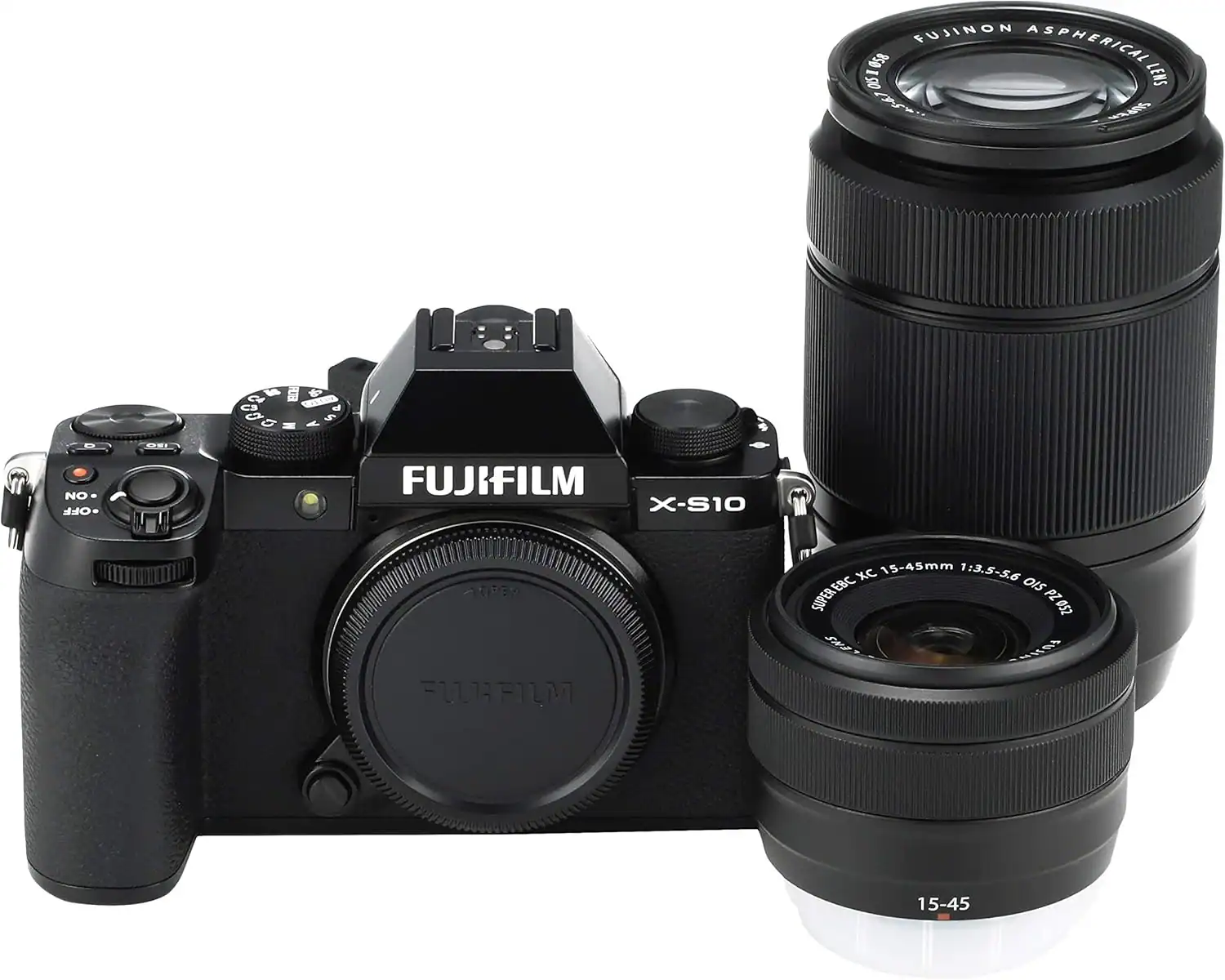
Sensor Technology
Fujifilm X-S10 has a 26MP X-Trans BSI-CMOS sensor. This sensor provides superior image quality in any lighting condition. The back-illuminated structure vastly improves low-light capabilities. Colors are also accurate and consistent across all shooting scenarios.
Image Stabilization
The most notable feature is its 5-axis in-body image stabilization—a feature that sets the X-S10 apart from other cameras in this market segment. This feature reduces camera shake. Handheld shooting becomes more reliable. This is beneficial for video recording.
Autofocus System
It provides quick and accurate focusing with on-sensor phase detection. The Fujifilm X-S10 tracks subjects smoothly during continuous shooting. Portrait photographers love the eye detection feature. Better tracking makes sports photography more accessible.
Display and Viewfinder
A 3-inch, fully articulated touchscreen provides flexibility for awkward shooting angles. This is an excellent feature for content creators. At the top, we find an OLED electronic viewfinder with 2.36M dots. You will get a clear image preview. Even bright sunlight outdoors does not affect the comfort of shooting.
Performance Analysis
Shooting Speed
With crop mode, up to 30 fps burst shooting is possible. The Fujifilm X-S10 offers 20 fps continuous shooting (up to 61 frames without cropping) with autofocus (AF) and auto exposure (AE). These speeds are adequate for most types of action photography. Buffer capacity response is good, which handles intensive, long shooting sessions better.
Video Capabilities
It is compatible with DCI and UHD 4K recording on the Fujifilm X-S10. Up to 30p frame rates deliver smooth video playback. It also offers professional color grading options thanks to F-Log support. Audio quality is improved by external microphone and headphone inputs.
Battery Life
The battery is rated at up to 325 shots per charge. This should be more than adequate for most photography sessions lasting a day. USB Power Delivery support offers convenient charging. Photographers can keep shooting for a long time by using power banks.
Design and Ergonomics
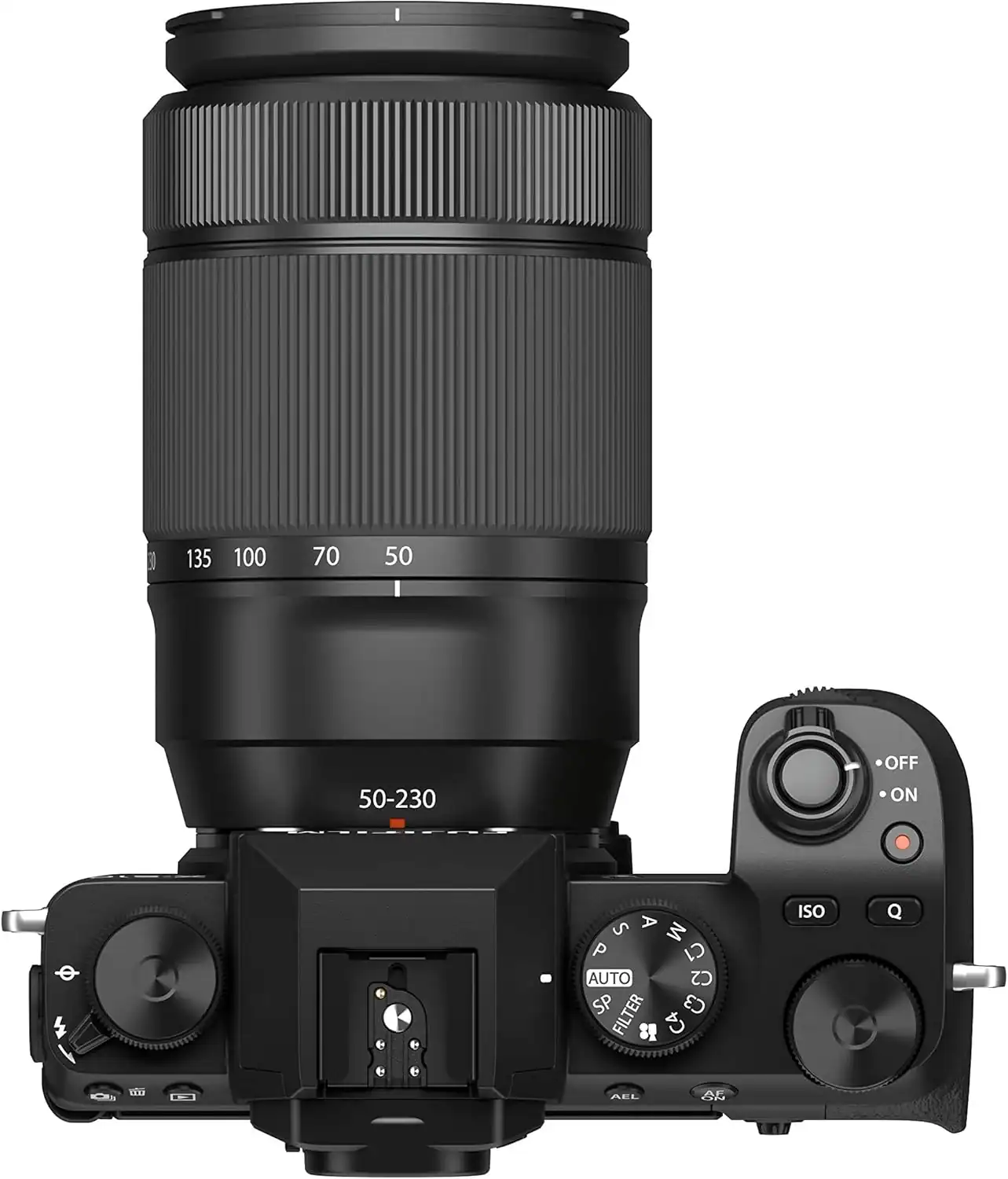
Grip and Handling
The deep grip sets the X-S10 apart from other Fujifilm cameras. It is easy for DSLR users to transition from one camera to another. Extended shooting sessions lead to minimal hand fatigue. When shooting handheld, the camera feels confident to use.
Control Layout
The X-S10 is a return to form in terms of controls for Fujifilm. Users of Canon and Nikon cameras can very easily get the hang of the mode dial operation. This is beneficial for beginners. Traditional photographers will get accustomed to the interface quickly.
Build Quality
The Fujifilm X-S10’s build quality is good, and when you take into consideration that it is an affordable camera, the unit does not make compromises as some expected. The quality of materials is apparent and rewarding when using the camera.
Image Quality Assessment
Color Reproduction
The Fujifilm color science, which the company is known for, really shines with the X-S10. Skin tones appear natural and realistic. Color representation is important in landscape photography. Film simulation modes bring additional creative options to the camera.
Low Light Performance
The BSI-CMOS sensor handles difficult lighting well. ISO performance is well-balanced against noise levels. This makes street photography easier in natural light. Low-light capabilities are always a plus for wedding photographers.
Dynamic Range
The sensor retains amazing detail in highlights and shadows. Extended dynamic range expands post-processing flexibility. Fewer exposure brackets are needed for HDR photography. This may be the single best technique in challenging lighting conditions.
Connectivity and Storage
Wireless Features
Supports both Wi-Fi and Bluetooth for wireless image sharing. The Fujifilm mobile app integrates seamlessly with the camera as well. Control your camera remotely and take group shots and self-portraits. Social media sharing becomes effortless.
Storage Options
Only one card slot will likely be sufficient for most people. Card compatibility supports different speed classes. Dual card slots are something a professional photographer might appreciate for redundancy. However, single-slot operations are rarely a problem in practice.
Lens Compatibility
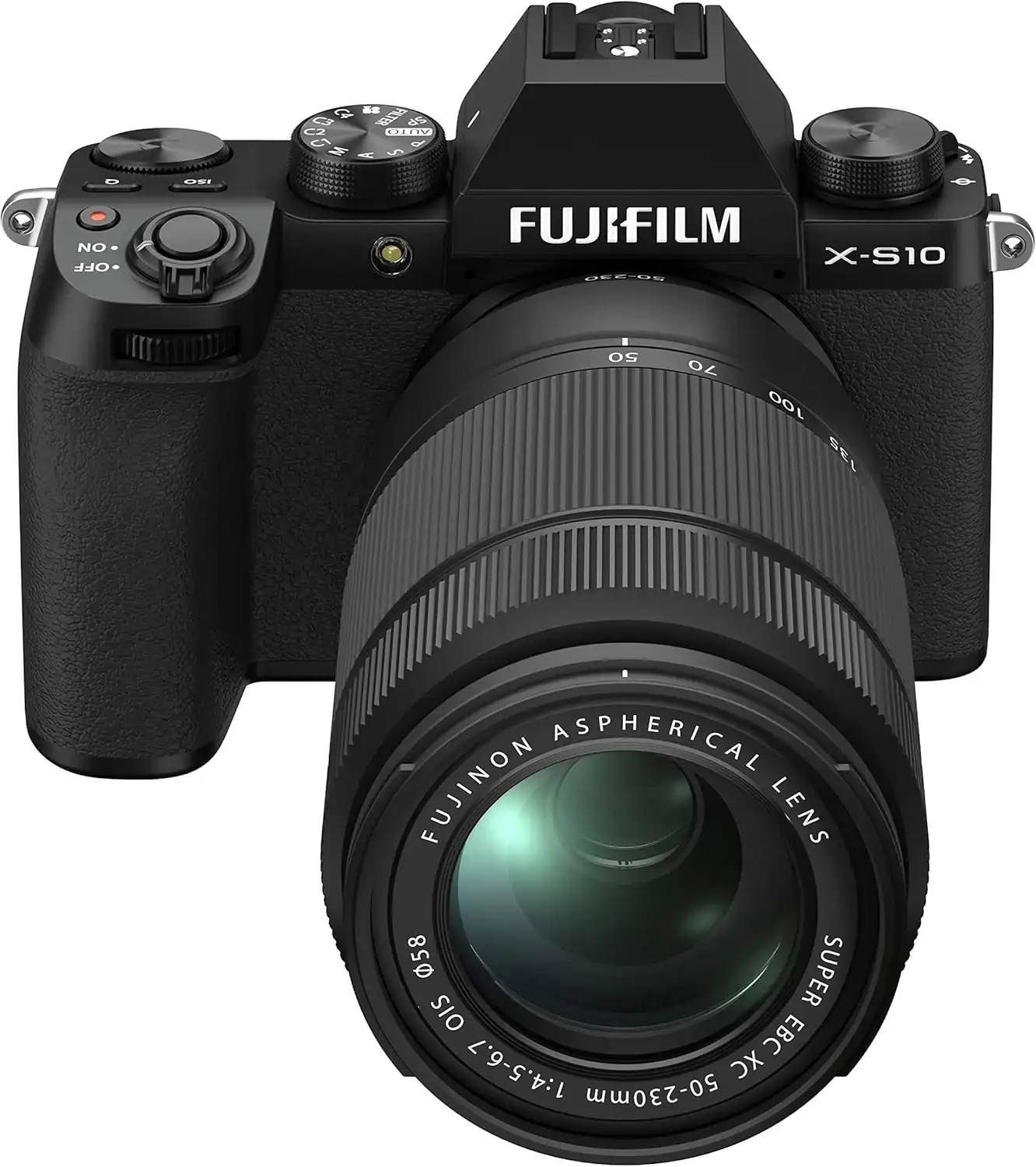
Native Fujifilm Lenses
The Fujifilm X-S10 is compatible with both XF and XC lenses. So you have plenty of lens options to choose from. The 56mm and especially the 90mm lenses will be a treat for portrait photographers.
Third-Party Options
There are compatible lenses from Viltrox, Samyang, and other manufacturers. These alternatives often offer better value for given focal lengths. Focus peaking aids manual focus lenses greatly. A larger lens selection is available through adapters.
Comparison with Other Models
Fujifilm X-S20 vs X-S10
The X-T4 boasts stronger specifications than the X-S10, but it is not necessarily better than the Fujifilm X-S20. However, the Fujifilm X-S10 price is still the better option for particular buyers on a budget. In the secondary market, used Fujifilm X-S10 cameras provide excellent value for money.
Competition Analysis
Both Canon and Sony offer competing models in approximately the same price bracket. Where the X-S10 is head and shoulders above the competition is in color science and film simulations. Great ergonomics for those moving over from bigger DSLR systems are also a plus. Most video features are equal to or better than the competition.
Who Should Purchase the Fujifilm X-S10?
Beginner Photographers
Small and easy to use, the Fujifilm X-S10 offers some features of professional-grade cameras. Auto modes provide good results while learning manual controls. The camera evolves as you start to grow in your photography skills. Fujifilm offers educational resources to help in the learning process.
DSLR Upgraders
Those who are used to Canon or Nikon DSLRs will feel at home. The grip and control layout assist in the transition process. Portability advantages become immediately apparent.
Content Creators
Video capabilities meet content creation needs effectively. It also provides relatively well-controlled image stabilization for handheld shooting. The articulated screen enables creative shooting angles. Professional production needs are supported by the variety of audio input options.
Travel Photographers
Its smaller size and lighter weight help reduce travel fatigue even more. Long battery life enables all-day shooting missions. Weather sealing protects any climate. Lens selection covers most travel photography scenarios.
Frequently Asked Questions
Should you still buy a Fujifilm X-S10 in 2025?
Is Fuji's Autofocus Up To Par With The Rest?
If Fujifilm cameras are so good, what is it that prompts people to spend thousands of hard-earned cash on them?
What is the difference between X-S10 and S20?
Overall, is the Fujifilm X-S10 good for video?
Pros and Cons
Advantages
- 26MP sensor produces high-quality images
- Effective 5-axis image stabilization
- Comfortable grip for extended use
- Comprehensive video recording features
- Competitive pricing in the market segment
- Strong lens ecosystem support
- Reliable autofocus performance
- Professional color reproduction
Disadvantages
- Single memory card slot limitation
- Menu diving is required for certain advanced features
- Not as heavily weather-sealed as some pricier models
- EVF resolution is acceptable but not exceptional
- Not as customizable as top-tier Fujifilm cameras
Recommended Accessories
Essential Additions
- Extra batteries significantly extend shooting endurance
- A good camera strap helps with comfortable carrying
- UV filters do a good job of protecting the front lens element
- Memory cards should match the camera’s UHS-I specification
Lens Recommendations
- The 18-55mm kit lens is a versatile option that performs well in a variety of situations.
- Portrait photographers should consider the 56mm f/1.2 lens
- The 60mm f/2.4 lens is great for macro photography
Camera Bags
- Peak Design and Think Tank both provide excellent camera bags suitable for the X-S1.0.
- A small messenger bag matches the camera’s portable nature
- Backpack-style bags can house multiple lenses comfortably
- Weather protection is key when photographing outdoors
Conclusion
In a market that is increasingly expensive to enter due to constant advancements in technology, the Fujifilm X-S10 offers an extraordinary price-to-capability ratio. It provides features, performance, and pricing that work for different types of photographers. This camera delivers pro features in an entry-level package, whether you’re moving up from a smartphone or down from a DSLR.
We should note that the price of the Fujifilm X-S10 is well thought out and reflects a very specific market positioning by the manufacturer. You get flagship camera features at flagship phone prices. The image quality easily challenges camera systems that cost significantly more.
For those upgrading to a real camera for the first time or professionals in search of an everyday backup, it certainly does represent a strong option. The good far outweighs the bad. Different photography styles need a camera that can adapt.
With more lenses being developed by Fuji, it makes me believe the system has a long time to come. Made for Fujifilm — an instant fit into the bigger system. It is certainly a good camera for entry into professional photo gear.

